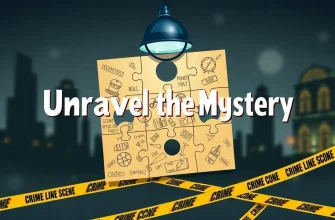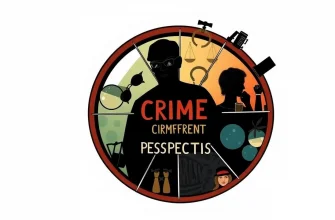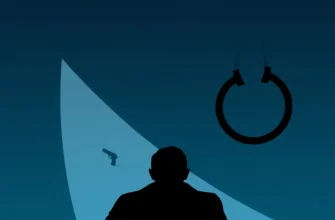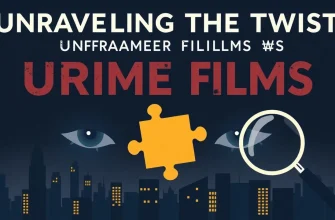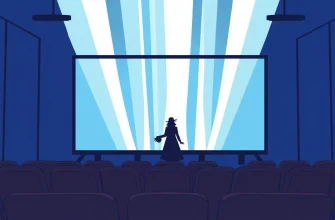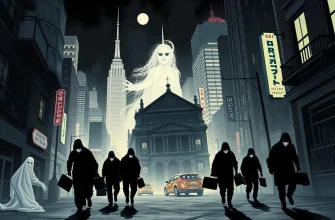Voiceover narration in crime films often serves as a storytelling device that adds layers of intrigue, character insight, and a unique perspective to the narrative. This collection showcases ten films where the voiceover not only enhances the plot but also becomes an integral part of the cinematic experience, offering viewers a deeper understanding of the criminal underworld, the minds of the characters, and the moral dilemmas they face.
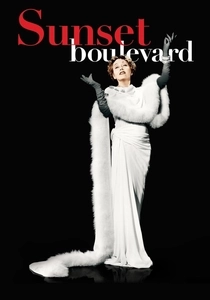
Sunset Boulevard (1950)
Description: Joe Gillis's voiceover from beyond the grave sets the tone for this dark tale of Hollywood's underbelly, providing a unique narrative perspective.
Fact: The film was one of the first to use a dead character's voiceover, adding to its noir atmosphere.
 Watch Now
Watch Now 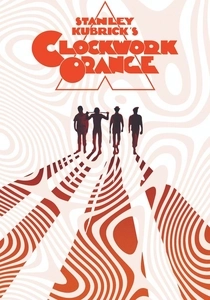
A Clockwork Orange (1971)
Description: Alex's voiceover, delivered in Nadsat, provides a unique perspective on his ultra-violent world, making the viewer complicit in his twisted journey.
Fact: The voiceover was crucial in conveying the film's satirical take on free will and societal control.
 Watch Now
Watch Now 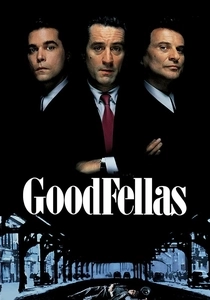
Goodfellas (1990)
Description: This iconic film uses Henry Hill's voiceover to guide us through his rise and fall in the mafia world, providing a firsthand account of the allure and dangers of the mob life.
Fact: The voiceover was recorded after the film was shot, allowing for a more reflective and honest narration by Ray Liotta.
 Watch Now
Watch Now 
The Shawshank Redemption (1994)
Description: Red's voiceover provides a reflective commentary on life in Shawshank, offering insights into hope, friendship, and redemption.
Fact: Morgan Freeman's voiceover was so well-received that it became one of his signature roles.
 Watch Now
Watch Now 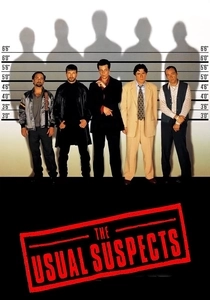
The Usual Suspects (1995)
Description: The film's narrative structure is built around Verbal Kint's voiceover, which masterfully misleads the audience until the shocking twist at the end.
Fact: The voiceover was crucial in maintaining the film's mystery, with Kevin Spacey's performance earning him an Academy Award.
 Watch Now
Watch Now 
Fight Club (1999)
Description: The Narrator's voiceover in "Fight Club" is key to understanding the film's complex themes of identity, consumerism, and rebellion.
Fact: The voiceover was a way to keep the audience in the dark about the twist, making the reveal more impactful.
 Watch Now
Watch Now 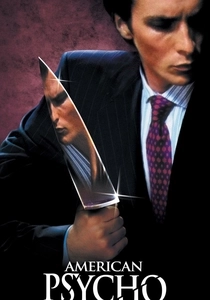
American Psycho (2000)
Description: Patrick Bateman's voiceover provides a chilling insight into his psychopathic mind, juxtaposing his mundane life with his violent fantasies.
Fact: The voiceover was used to convey Bateman's inner thoughts, which were often more disturbing than his outward actions.
 Watch Now
Watch Now 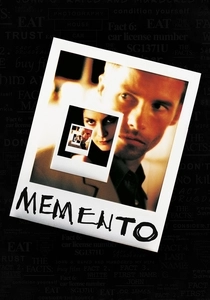
Memento (2000)
Description: The film's reverse chronological order is supported by Leonard's voiceover, which helps piece together his fragmented memory and the mystery of his wife's death.
Fact: The voiceover was essential in maintaining the film's complex structure and keeping the audience engaged.
 Watch Now
Watch Now 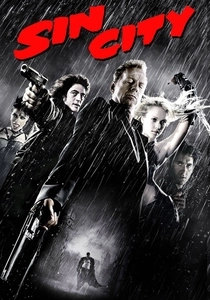
Sin City (2005)
Description: The film's stark, black-and-white visuals are complemented by voiceovers that give depth to its neo-noir stories, each character narrating their own tale.
Fact: The voiceovers were recorded before filming, allowing the actors to match their performances to the pre-recorded narration.
 Watch Now
Watch Now 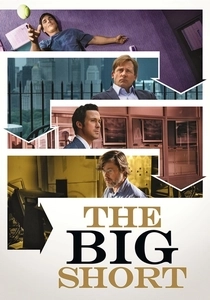
The Big Short (2015)
Description: This film uses voiceovers from various characters to explain complex financial concepts, making the story accessible and engaging.
Fact: The voiceovers were often accompanied by breaking the fourth wall, adding humor and clarity to the narrative.
 Watch Now
Watch Now 

